
For this run we will fly the Boeing 221A Monomail, as flown by airmail pilot Elrey B. Jeppesen, who went on to found the famous Jeppesen company.
You can download it here: http://tinyurl.com/storm-monomail (Seven liveries included.)
If you already have the Monomail downloaded and installed,
please skip to the flight plan by clicking here.

You can more read about the Monomail here:
- http://www.boeing.com/boeing/history.../monomail.page
- https://en.wikipedia.org/wiki/Boeing_Monomail
- http://www.fiddlersgreen.net/models/...-Monomail.html
About this FSX model:
- Flaps: None.
- Gear: Retractable. No speed restrictions.
- Prop: Constant Speed (inauthentic, as the prop on the real airplane was fixed pitch).
- Nav aids: ADF only.
- Comms: Single channel, no standby.
- Autopilot: None.
- ASI units: mph
The passengers and cargo are forward of the pilot.
This is good, because it gives a quiet ride for the pilot, with the motor more distant than usual.
This is bad, because it reduces forward visibility on the ground and when landing. (See below.)
V-speeds:
Max indicated airspeed (sea level): 158 mph (137 knots).
Max indicated airspeed (8000* ft): 131 mph (114 knots).
Final approach: 75 mph (65 knots).
Stall: 55 mph (48 knots).
* 8000 ft is the highest altitude needed on the transcontinental mail route (week #12).
Special gauge:
Fuel-air gauge (bottom right): Adjust mixture to keep around 83 mills (needle vertical).
Animations:
Shift+E then 1: Opens/closes the cabin door.
Shift+E then 2: Lifts/lowers the mail hatches.
Pop-ups:
Shift+1: Mini-panel. Six main flight gauges only, plus gear up/down indication.
Shift+2: Comms radio. Zoomed-in view of the Lorenz radio (in cockpit by pilot's right hip).
Shift+3: ADF radio. Zoomed-in view of the ADF radio (in cockpit also by pilot's right hip). The corresponding gauge is combined with a directional gyro-compass on the left of the main dashboard.
Radios. Warning!
Note that the On-Off switch on the Lorenz radio controls both Comm and Nav/ADF.
Therefore make sure the Lorenz switch is down ("Ein" = On) if you want your ADF to work.
If you switch the Lorenz off while tracking an NDB, the gauge will freeze where it was.
(This could lead you to believe you were still on course.)
Taxiing:
Zigzagging during taxiing is the norm, as it is for many nose-high aircraft.
Take-off:
Holding the take-off roll direction is easy because the roll is so short.
During the take-off roll, only a little right rudder is needed.
With neutral trim, the tail lifts at 70mph and you can rotate at 80.
For very short take-offs, with back trim, you can rotate at 75mph.
Cruise:
Very easy to fly. Good visibility for spotting landmarks on either side.
Landing:
Forward visibility is poor, especially as the Monomail has no flaps.
(Flaps would have helped by allowing you to push the nose down on approach.)
The most reliable approach is a curving close-in base leg, starting at around 90° to runway heading, and flying a balanced turn.
This allows you to maintain sight of the touchdown zone diagonally all the way through the curve.
At the end of the curve, let the plane side-slip to ensure you register the final landing point and heading.
Then release the slip and touch down at the noted point, holding the final heading.
This maneuver takes practice!
_____________________________________
This information is posted early so you can get practice flying the Monomail.
Hopefully you will like it as much as Jeppesen did!
Flight plan in the next post.



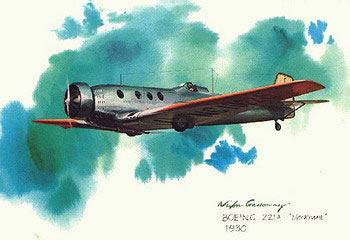
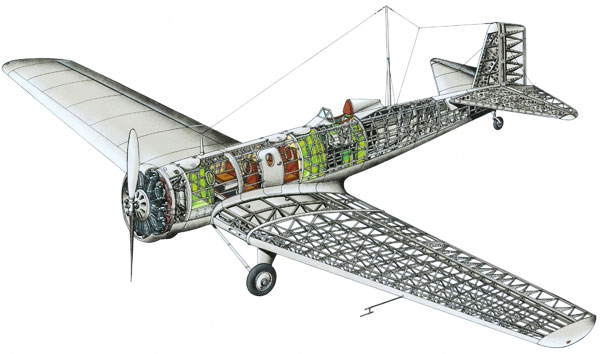
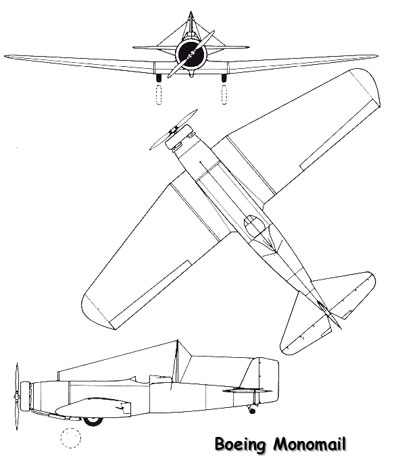




































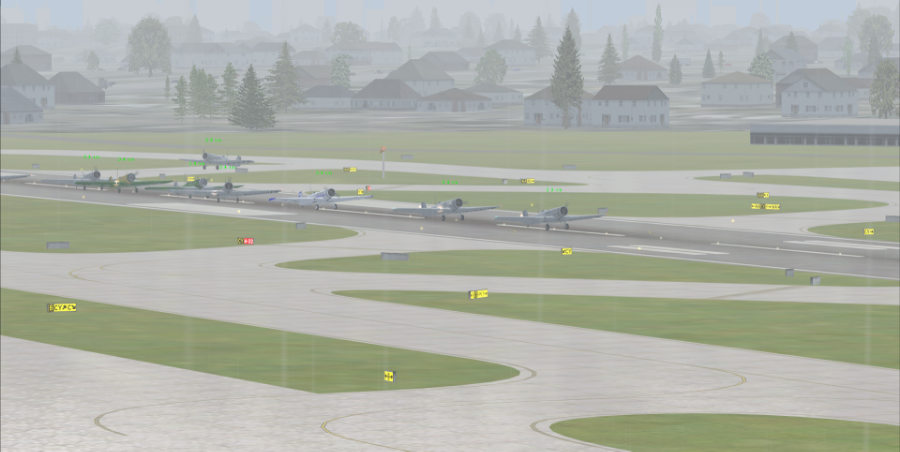


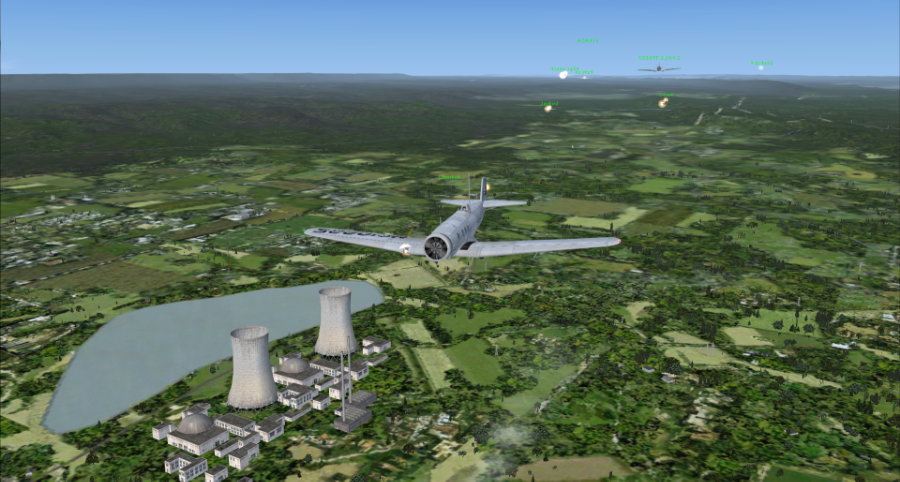



Comment